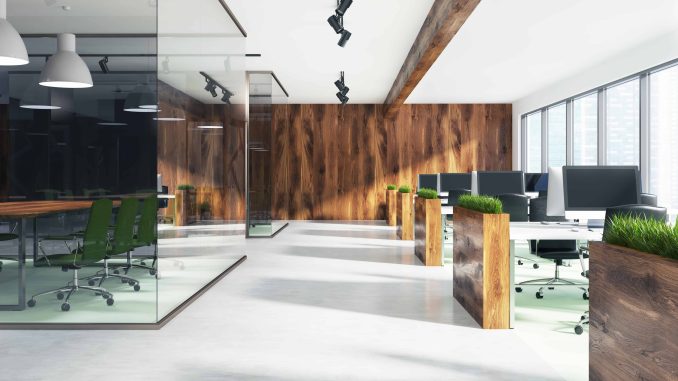
Creating a productive work environment is crucial for the success of any organization. Office space plays a significant role in employee satisfaction and productivity. In this article, we will explore various office space solutions that can help create a more productive workplace.
Ergonomic Furniture
The first step in creating a productive office space is to ensure that employees have comfortable and ergonomic furniture. Ergonomic chairs provide proper support and reduce strain on the back, neck, and shoulders. Adjustable desks enable employees to work in a sitting or standing position, promoting better posture and reducing the risk of developing health issues. Investing in high-quality furniture that prioritizes employees' well-being not only increases productivity but also reduces absenteeism due to work-related health conditions.
Functional Layout
The office space layout is another key factor in fostering productivity. An open office design encourages collaboration and communication among team members. It allows for the easy flow of ideas and promotes a sense of unity within the organization. However, it is essential to strike a balance between openness and privacy. Incorporating flexible workspace solutions, such as dividing screens or soundproof panels, can provide employees with the option to work in a quiet and focused environment when needed.
Optimal Lighting
Lighting significantly impacts employees' overall well-being and productivity. Natural light is particularly beneficial, as it enhances mood, energy levels, and concentration. Therefore, when designing or revamping office space, it is crucial to maximize the use of natural light sources. In areas where natural light may be limited, implementing well-designed artificial lighting is crucial. Properly illuminated workspaces reduce eye strain, headaches, and fatigue.
Greenery and Biophilic Design
Integrating elements of nature within the office space has been proven to increase productivity and overall happiness among employees. Adding plants and greenery not only improves air quality but also reduces stress levels and enhances creativity. Additionally, incorporating biophilic design elements such as nature-inspired artwork or natural materials can create a soothing and calming atmosphere, leading to improved focus and productivity.
Collaborative Areas
Incorporating collaborative areas within the office space allows for spontaneous discussions, brainstorming sessions, and teamwork. These areas can include comfortable seating arrangements, whiteboards, or even dedicated meeting rooms. By providing employees with spaces designed specifically for collaboration, organizations promote efficient teamwork, idea generation, and problem-solving.
Quiet Zones
While collaboration is essential, it is equally important to have designated quiet zones where employees can focus and concentrate on their individual tasks without distractions. These areas can be equipped with soundproofing materials, noise-canceling technologies, and comfortable seating to encourage a productive and distraction-free environment.
Technology Integration
In today's digital era, integrating technology into office spaces is vital for improving productivity. Providing employees with modern equipment and software that effectively supports their tasks not only enhances efficiency but also boosts motivation. Additionally, creating a tech-friendly environment with sufficient power outlets, charging stations, and high-speed internet connections ensures seamless operations and prevents interruptions due to technical difficulties.
Breakout Spaces
Encouraging employees to take regular breaks is essential for maintaining productivity and reducing burnout. Including breakout spaces within the office allows employees to unwind, socialize, and recharge. These spaces can include comfortable seating, recreational activities, or even access to nature. By providing outlets for relaxation and socialization, organizations promote a healthy work-life balance and improve overall morale.
Conclusion
In conclusion, creating a productive workplace requires strategic office space solutions. By prioritizing ergonomic furniture, functional layout, optimal lighting, greenery, collaborative areas, quiet zones, technology integration, and breakout spaces, organizations can enhance employee satisfaction and productivity. Investing in these office space solutions not only leads to improved performance but also boosts employee well-being and fosters a positive work environment.
